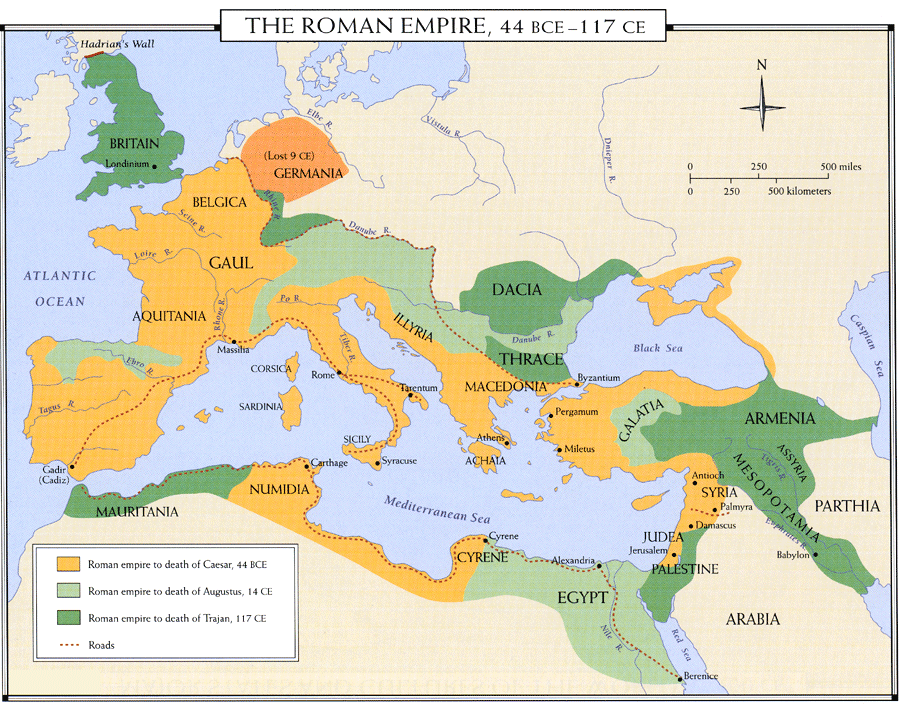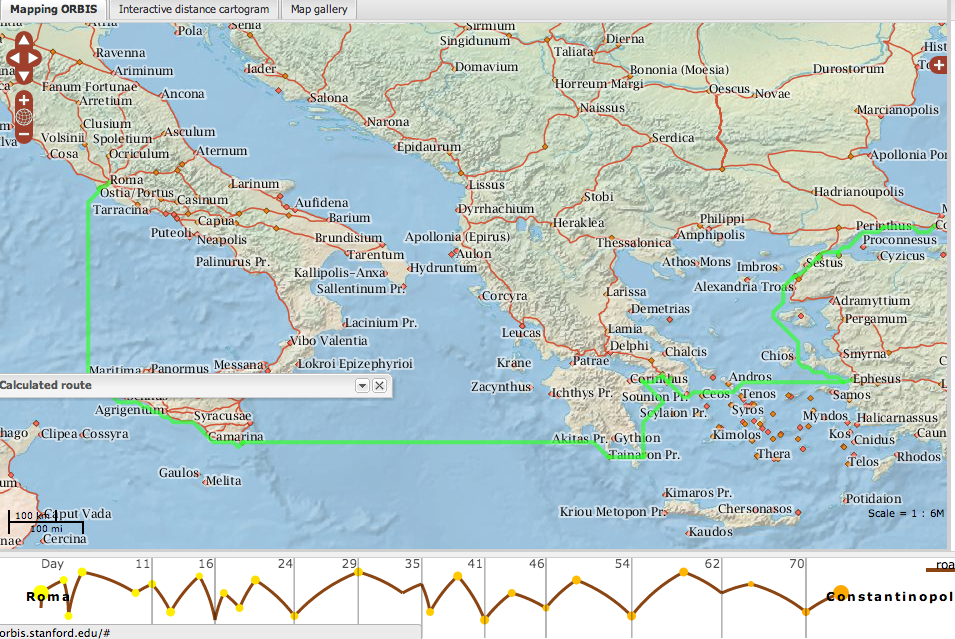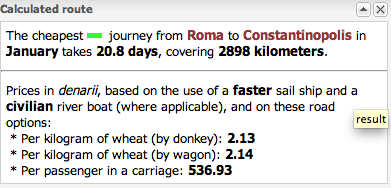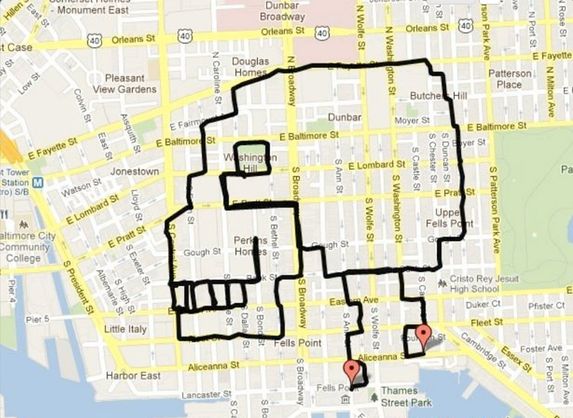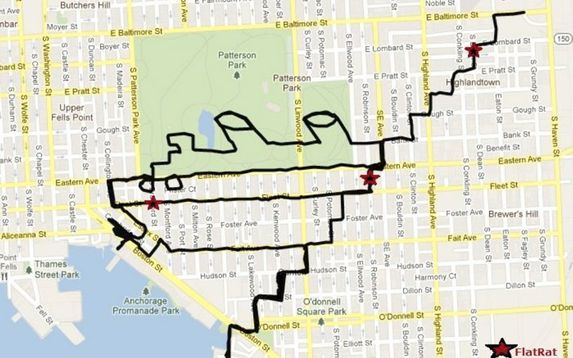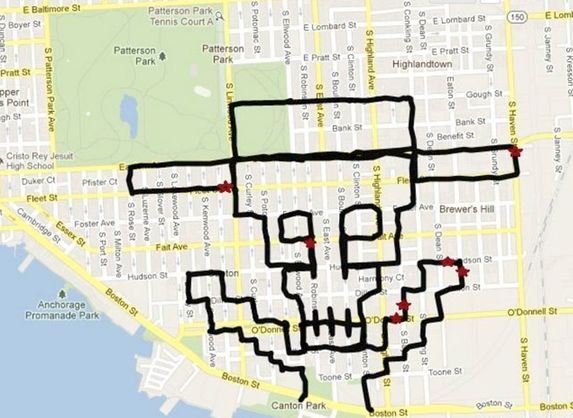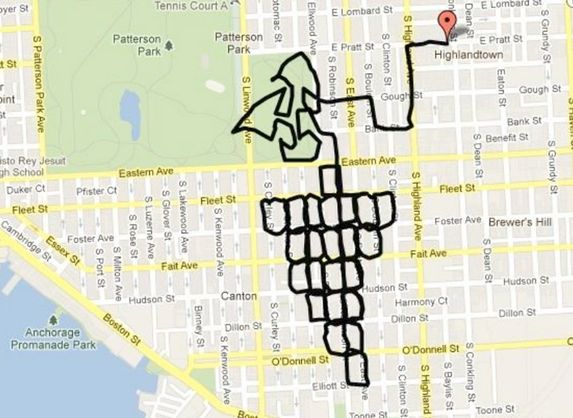
Let’s travel through the ancient Roman Empire: Stanford Geospatial Network Model of the Roman World
The Roman Empire at its height of power spanned over one-ninth’s of the earth’s surface over three continents, ruling over a quarter of humanity. No wonder that Roman Empire is something that finds a way to all our history books. But ever wondered how the connectivity was? How long it took and so on?
What would you use if you wanted to travel between Roma and Constantinople (nope, the aeroplane is not an option) ? Probably, Google Maps right? Well, here’s one more condition, you need to visualize the route between Roma and Constantinople during the Roman empire 2000 years ago.
The shortest route may not be the fastest one. The Fastest route may not be the safest one. The Safest route may not be the most inexpensive route!! Gosh, thats a lot of planning!
Conventional maps that represent this world as it appears from space signally fail to capture the severe environmental constraints that governed the flows of people, goods and information. Cost, rather than distance, is the principal determinant of connectivity.
For the first time, ORBIS allows us to express Roman communication costs in terms of both time and expense. By simulating movement along the principal routes of the Roman road network, the main navigable rivers, and hundreds of sea routes in the Mediterranean, Black Sea and coastal Atlantic, this interactive model reconstructs the duration and financial cost of travel in antiquity. – Standford Geospatial Network Model of the Roman World
The ORBIS is an amazing project. It lets you travel back in time and explore transportation and the complex network of routes during the ancient roman empire. Here’s how you travel between Roma and Constantinople.
Wondering what sort of queries you can enter in this amazing visualization of ancient roman empire?
So you are all set for a military mission? or is it just another civilian travel? Fastest route or Cheapest route? How much money are you looking to spend to travel? Did you say you are travelling during January of April? The number of options you have to try in this query is increases exponentially. The ORBIS is based on information and conditions 2,000 years ago. Ancient maps combined together with modern-scientific models of weather 2000 years ago. That’s the ORBIS map for you! Next time, I play Civilizations I am going to need to use this map to plan my campaigns 😉
Oh, I forgot to tell you how long it took from Roma to Constantinople!
Another website that provides a similar Roman route planner is OmnesViae. But the ORBIS is much more packed and powerful in terms of query options and visualization. That said, OmnesViae map visualization is much more elegant to browse through.
Who said GIS cannot be fun or creative! Stanford Geospatial Network Model of the Roman World (ORBIS) : Geoawesome! Google Maps of ancient roman empire 🙂
Did you like this post? Read more and subscribe to our monthly newsletter!


